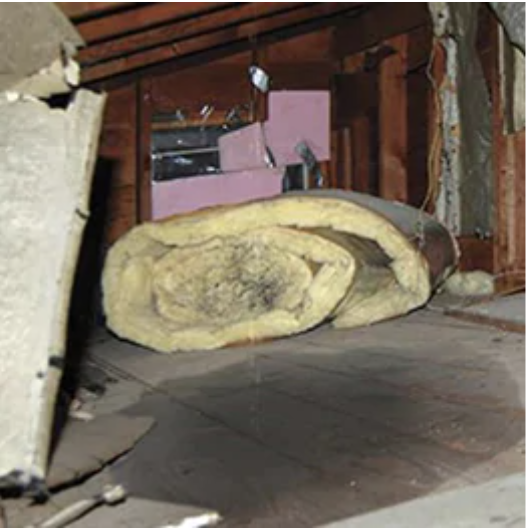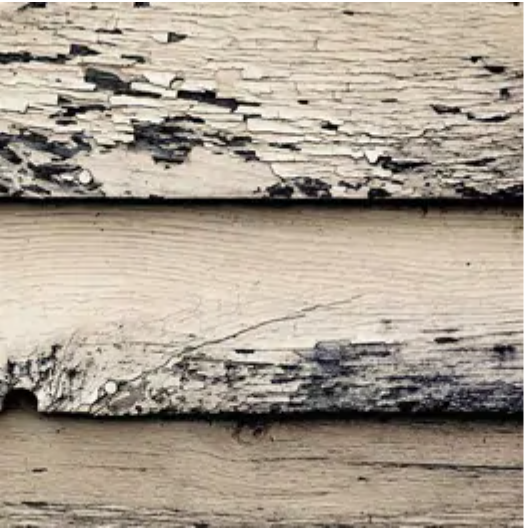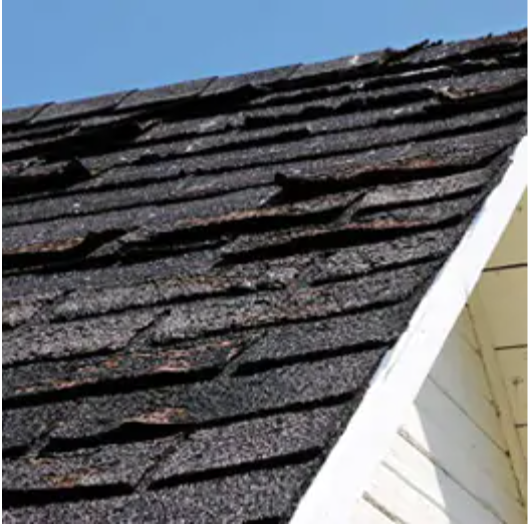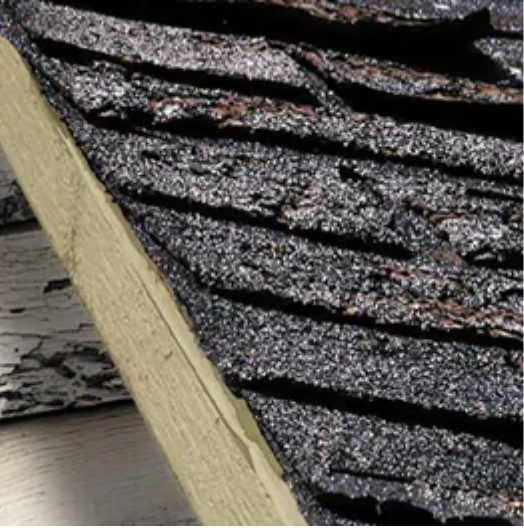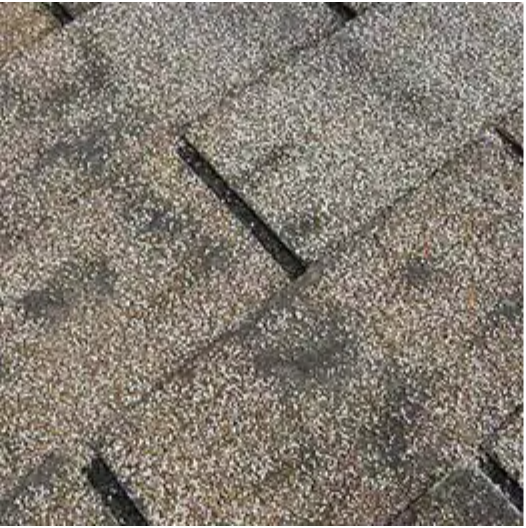Do I need a new roof?
Repair or replace?
If your roof isn’t very old and you spot a few loose or damaged shingles, you may be able to just replace them. But for broader or more extensive damage, it may be time for a new roof. The key is a regular roof inspection so you know what’s going on up there.
What roof damage looks like
Roof damage come in all forms. Know what to look for.
Attic leaks
Check your attic after severe weather. A leak could mean some shingles are damaged, the underlayment — a protective barrier between your shingles and the plywood of your roof — has failed, or flashing — the material that seals joints on your roof — has deteriorated.
Blistering or peeling paint
Poor ventilation may cause moisture to get trapped in your house, which may cause exterior paint to peel and blister.
Shingle damage
When shingles reach the end of their useful life, you may notice they fall off or become cracked, brittle or curled, which means it may be time for a new roof.
Ceiling and wall stains
Leaks from outside the house or moisture trapped inside it can cause stains and possibly mold or mildew.
Sheathing decay
Another issue with poor ventilation and moisture in your layers of roofing materials is the decay of sheathing — also called decking — which is the layer of plywood that forms the foundation of your roof. If you notice a sagging ceiling, broken gutters, leaks or missing patches of shingles, your sheathing may be damaged.
Dark streaks
It may look like dirt, but dark stains on your shingles may be moss, lichen, or blue-green algae. This may not require a new roof, but if and when you do replace your shingles, ask for StainGuard® and StainGuard® Plus protection, which are available on many GAF shingles.
How to do a roof inspection
Conducting routine inspections of your roof — especially if you live in an area that experiences extreme weather — can help you prevent exterior damage from creating interior problems.
Start inside
Look around your attic for signs of leaks, dark spots, holes or sagging sheathing
Check your ceilings for stains, mold or mildew
Step outside
If you’re comfortable climbing a ladder, you can see your roof up close. If not, you can do a relatively thorough inspection from the ground, using binoculars.
Clean leaves and debris out of gutters and downspouts, check them for sagging or leaks
Look in hidden areas, like the underside of eaves and fascia — the board that connects the roof to the outer walls of your house — for rotting or signs of animal infestation
Head to the street
From this distance, look for dark spots, missing shingles or sagging
See if the exterior paint is blistering or peeling
If you live in an area with icy or snowy winters, keep an eye out for ice dams — ridges of ice that form at the edge of your roof — because if water can’t drain off the roof, it may leak into your home
Examine the roof
Check for cracked, torn, warped or missing shingles and popped or rusted nails
Look for open seams or joints and make sure roof vents aren’t covered or clogged
Note areas that sag or appear unsound
Make sure pipes and roof penetrations, like your chimney or skylights, are sealed and don’t have any exposed nails
Make sure flashing, which is used to seal joints and keep water off of them, is not damaged or providing inadequate coverage
Keep an eye on your roof
Know how old your roof is. If you didn’t install it and you’re not sure, check the inspection report from when you purchased your home. You can also ask a Reformation GC or building inspector to look at the roof and estimate its age and condition.
Spot-check your roof twice a year, once in spring, once in fall. Use a ladder to access it and look for trouble spots, but also check your attic for damage. Not feeling up to it? Reaching out to Reformation GC for help inspecting is always the best option.
Watch the homes around you — they experience the same weather yours does and were likely built around the same time. If your neighbors are getting new roofs, do a roof inspection to see if your home needs one too.
After a significant weather event, like heavy winds or a hail storm, check for exterior damage as soon as it’s safe.

